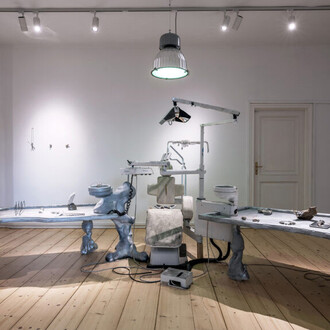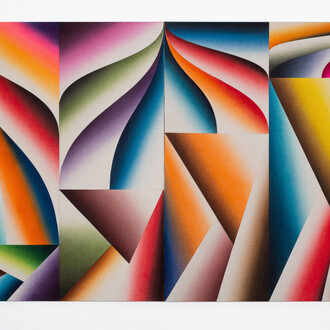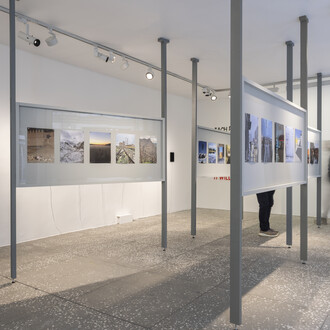On 22 July 1968, a joint Estonian, Latvian and Lithuanian exhibition called “The Present Day and Graphic Form” opened at the Tallinn Art Hall. Instead of the planned biennial, the printmaking exhibition of the three Baltic countries subsequently became the Tallinn Print Triennial (TPT), also becoming a significant art event in the Baltics. Today, it is difficult to imagine the daring, vision and organisational ability required of the organising committee to enable them to carry out this large exhibition in the ideological, economic and art policy context of the Soviet Union. The TPT became known throughout the USSR; the best works were of international importance, thereby creating a name for Estonia as an art country.
The profile of the TPT changed after Estonia regained its independence. The triennials that were organised between 1989 and 1998 set out on a course of globalisation and sought to become internationalised. The scarcity of financing sources, the decline in Baltic cooperation, the dearth of young graphic artists, and the new digital revolution required the TPT to make changes in its organisation, and provoked discussions about the future of the exhibition. In 1998 several internal reforms were implemented that helped the TPT to find its place in a changing world. As a result of structural changes, the TPT became an internationally open exhibition. The triennial’s new era is characterised by cooperation with new media, a range of renewed graphic techniques, and the experience of digitalisation.
The Tallinn Print Triennial is being introduced by an exhibition of prize-winning works from the last 50 years, which are in the TPT collection of the Art Museum of Estonia. The awarding of prizes and the collecting of recognised works by the Art Museum of Estonia have created an invaluable database for the comprehension of the graphic art, art history and changing cultural policies of the Baltic states. The Soviet-era winners’ exhibition is supplemented by thematic sections which provide a survey of those artists who, without receiving any accolades, subsequently earned respected places in art history.
















